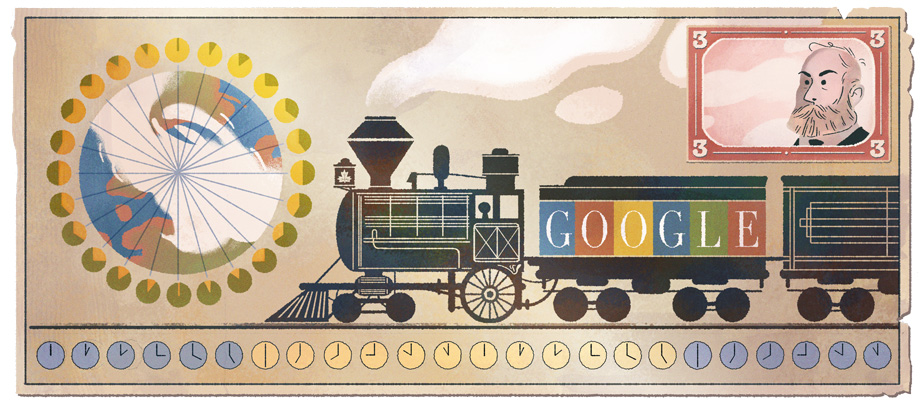Edmonia Lewis was an American sculptor who worked for most of her career in Rome, Italy.
Born: July 4, 1844, East Greenbush, New York, United States
Died: September 17, 1907, London, United Kingdom
The Search Engine Google will be showing this Doodle in few countries on February 1st for Celebrating Edmonia Lewis
She is the first woman of African-American and Native American heritage to achieve international fame and recognition as a sculptor in the fine arts world.
Her work is known for incorporating themes relating to black and American Indian people into Neoclassical style sculpture.
She emerged during the crisis-filled days of the Civil War, and by the end of the 19th century.
She was the only black woman who had participated in and been recognized to any degree by the American artistic mainstream.
Her father was an Afro-Haitian, while her mother was of Mississauga Ojibwe and African-American descent
Lewis's mother was known as an excellent weaver and craftswoman, while her father was a gentleman's servant.
Her family background inspired Lewis in her later work.
By the time Lewis reached the age of nine, both of her parents had died. Her two maternal aunts adopted Lewis and her older brother Samuel, who was born in 1832.
The children remained with their aunts near Niagara Falls for approximately the next four years.
After college, Lewis moved to Boston in early 1864, where she began to pursue her career as a sculptor.
Lewis was inspired by the lives of abolitionists and Civil War heroes. Her subjects in 1863 and 1864 included some of the most famous abolitionists of her day: John Brown and Colonel Robert Gould Shaw
From 1864 to 1871, Lewis was written about or interviewed by Lydia Maria Child, Elizabeth Peabody, Anna Quincy Waterston, and Laura Curtis Bullard.
For years, the year of Edmonia Lewis's death was speculated to be 1911 in Rome. An alternative view held that she died in Marin County, California, and was buried in an unmarked grave in San Francisco.


